Cragar S/S: Legendary roller remains a modified-car must
Who would have known that a small Southern California business that sold airplane engines and Model A cylinder heads would go on to make one of the most enduring American aftermarket wheels?
In 1930, Crane Gartz founded the Cragar Corporation, deriving the name from the first three letters of his first and last name. The company struggled through the Great Depression and it was eventually bought out by Bell Auto Parts founder George Wight three years after its founding.
Roy Richter, a young fabricator and race car driver working for Wight, mortgaged everything he owned to buy the Cragar Corporation in 1955. He renamed it the Cragar Equipment Company. Richter capitalized on the growing demand for speed parts from the hot-rodding scene by producing superchargers, intake manifolds, and headers.
In 1962, Richter set his sights on creating a strong and stylish aftermarket wheel to fill a market void. At the time, most hot-rodders were still using steel wheels, wire wheels, or if they had the cash, Halibrands. The Cragar S/S went on sale in 1964, and the instant demand foreshadowed the outsized legacy the wheel would have on American car culture.

Unlike other contemporary “mag” wheels that were sand cast from magnesium (and later from aluminum despite the name), the Cragar S/S utilized a unique, two-piece construction. The wheel centers were die cast—a process that uses a steel mold which a molten alloy is poured into under high pressure—from aluminum and embedded with steel lugs. These lugs were then welded to the steel wheel barrels once the centers were in place. Cragar’s manufacturing process for the S/S, along with the bell-bottomesque flare of the spokes, made for a strong, albeit heavy, wheel.
The S/S was initially available in 14- and 15-inch diameters. The wheel’s widths ranged from as narrow as 4 inches for drag racing front-runners and as wide as 10 inches to fit fat slicks. While the most iconic variant of the S/S was fully chromed, the centers were available in polished aluminum as well as a shot peened finish called the “Sparkler.”
Because of their strength, the S/S was used heavily during the golden era of drag racing in the ’60s and ’70s. Drag racing legends such as Dick Landy, Shirley Shahan, and Bill Jenkins ran the S/S on their factory-backed Dodges and Chevys in the Super Stock class. Gassers and the occasional funny car from the period also used the S/S as rolling stock.
Cragar’s iconic five-spoke wheel could handle lateral g-forces as well. Pioneering land-speed racer Ak Miller ran the S/S wheels on his Pikes Peak racer in 1964. Dubbed the Cobra Kit Special, Millers car was a Frankenstein combination of a Devin body, AC Bristol chassis, and a Shelby Cobra 289-cubic-inch V-8. It finished runner-up to Bobby Unser’s Lotus-Climax in the sports car class that year.
With racing success came popularity on the street. The Cragar S/S appeared in droves on muscle cars, hot rods, and weekend-warrior drag cars shortly after it was released. You still can’t go to cruise-in, diner, or car show without seeing Cragar’s famous five-spokes.
Pioneers of the nascent lowrider and custom scenes also adopted the S/S. The Gypsy Rose, one of the most famous lowriders (and an inductee to the National Historic Vehicle Register), as well the Love Machine, the hydraulic-equipped ’64 Impala featured in Cheech & Chong’s Up in Smoke, rocked Richter’s chromed creation. Ed “Big Daddy” Roth—founder of the Kustom Kulture movement and creator of Rat Fink—used the wheels on his futuristic Mega Cycle show car. In the 1970s, vans with wizard murals and porthole windows rolled on wide Cragars.
Cragar still sells the S/S today, with a couple of variations to suit both modern and vintage rides. The original 14- and 15-inch sizes are available along side a 17-inch version. At some point, Cragar flattened the profile of the spokes from their prior rounded design, so acquiring an older set is a must if you are dead-set on your wheels being period-correct. Luckily, a quick scan of eBay and the local classifieds reveals that vintage Cragar S/S wheels don’t seem to command a premium over a new set. As with any vintage wheel purchase, be sure to lookout for cracks, bends, and curb rash. The chrome finish, if neglected and left out in the elements, can succumb to corrosion, pitting, and flaking.
Whether you go vintage or buy new, the Cragar S/S is hard to beat as the perfect complement to your muscle car, custom van, gasser, or lowrider. Long-live the five-spoke!
Check out the Hagerty Media homepage so you don’t miss a single story, or better yet, bookmark it.
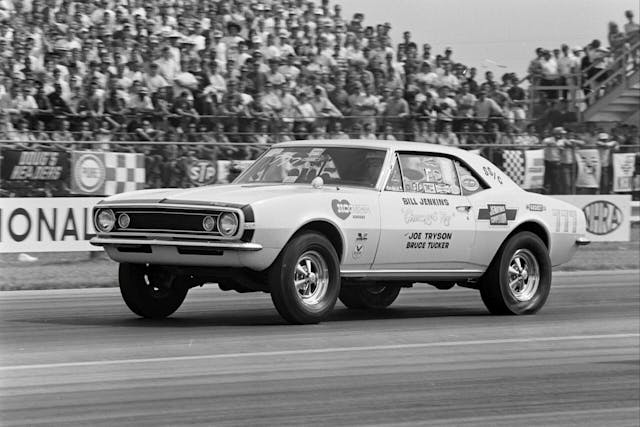
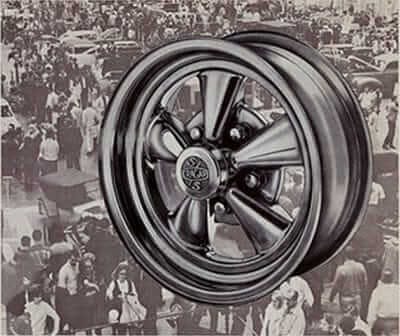
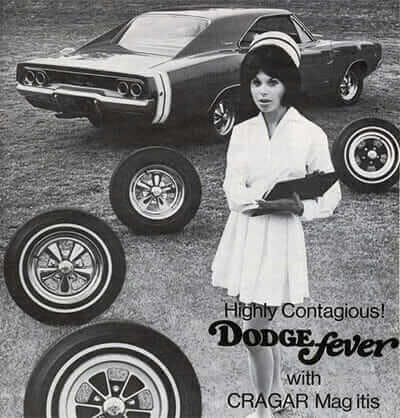
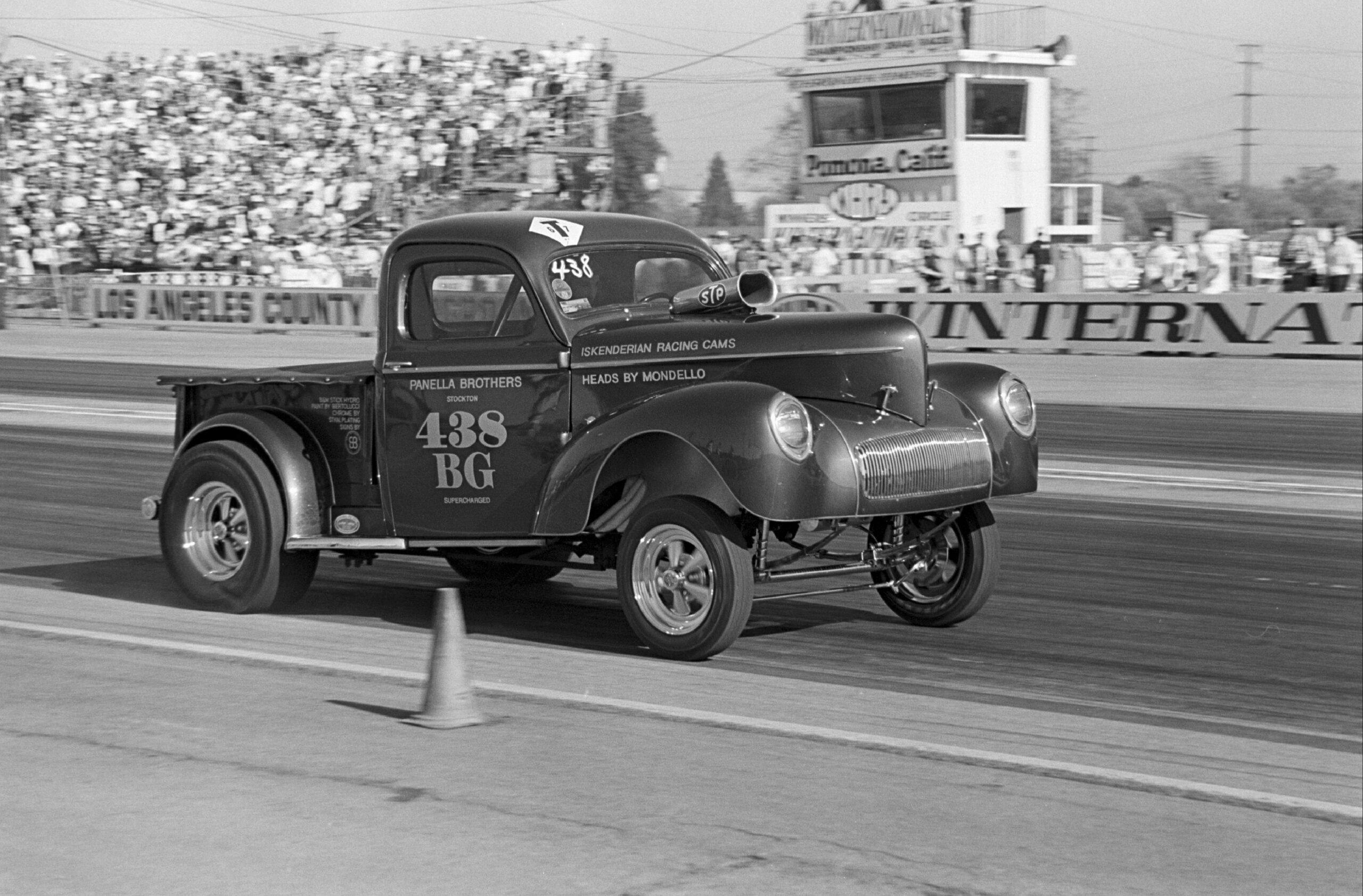

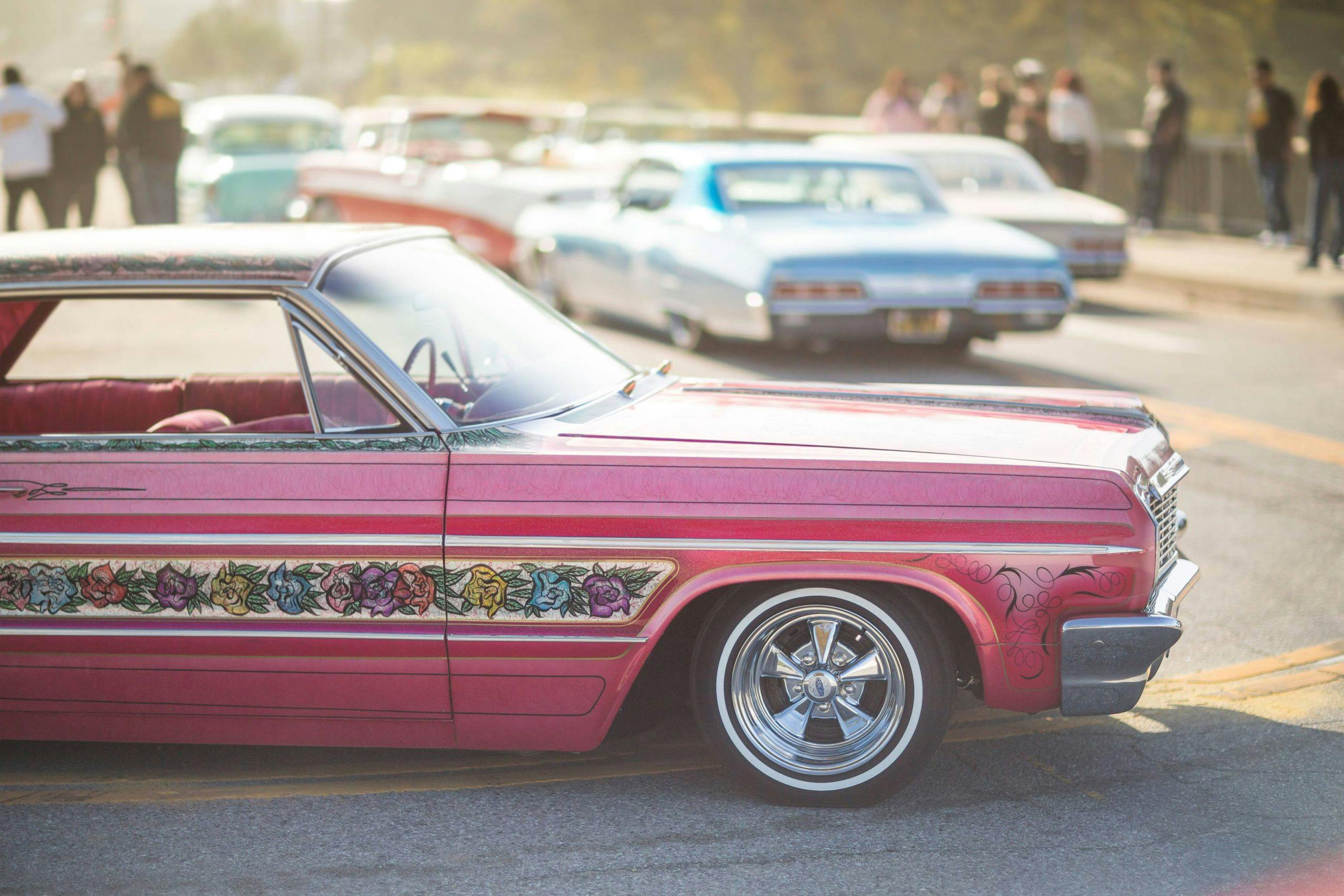
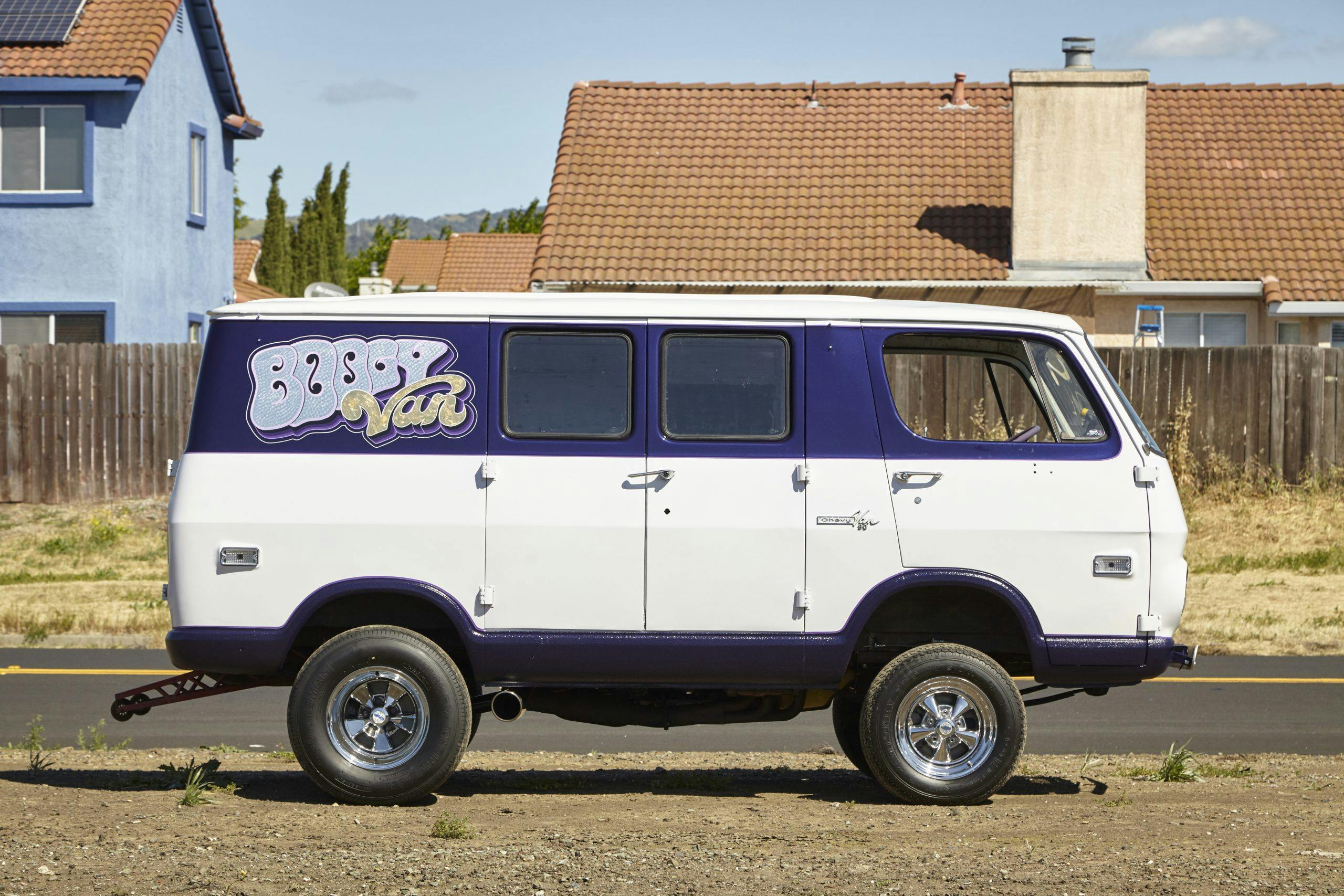


Looked great on our 57 Chevy convertible and 77 El-Camino.
As a youth in the ’60s, I longed for a set on probably 10-12 cars. When I finally got my first ones (in the ’80s on a ’66 Chevelle), I thought I had it made. Then I sold the car and it took me another 20 years to get another set (currently on my ’66 Pontiac). They are, IMO, the absolute best-looking muscle car wheels in existence!
I’m more of a Torq-Thrust guy at heart, but the holy trinity of those, the Cragar S/S and the Keystone Klassic are hard to beat.
True – those three were what 98% of us added to our cars on Day 2 back in the day. All three great wheels, and on certain cars, one or another of them was THE choice.
I put a set of Keystone Klassics on my ’67 Satellite and, though the S/S s that had been on it were great looking as well, the KK’s took it to a whole new level of class. IMO that is.
I have owned and sold The SS for years.
Here is what you really need to know. The way they bolted on has changed over the years and the spoke did change as mentioned.
Be aware that they are still heavy for a wheel today and the chrome on the spokes will flake off and the rims will rust if not cared for. The flaking chrome is just going to happen on the spokes.
I had a Chevelle that came with 14″ X 10″ SS wheels. I often wonder where they are today. They did fit under the body.
I like the earlier aluminum or Magnesium version from early on. My first car I was given a set of Ansen Wheels from the early 60’s for my 63 Ford. They were just the right thing for that car. I should have kept them.
Great looking wheel. Have had TWO sets on the same vehicle since the vehicle was purchased NEW in 1977. Both sets have done the SAME thing. The diecast aluminum center with chrome plating over aluminum which results in air bleeding thru from the backside & the plating bubbling & poping thru the plating. Contacted Crager & they claimed that because I live in the Northeast & winter, that was the cause (Even though this vehicle has NEVER been out in the winter) Very poor design & Quality
Best wheels ever.
I put a set on my new 1967 Galaxie. Looked good for the time, but today I’d go with Torq Thrust, a real classic.
They are great looking wheels. Sometimes there are too many cars with these and the Torque Thrust wheels so you go blind to them.
I’ve wanted a set since I was 15-years-old. I’m almost 69, and sadly have yet to own a set of Cragar S/S wheels.
Tom, I got my first set at 69, so hang in there! Hopefully you have something to put them on!
I have dreamed of owning a set of Cragars ever since I got my driver’s license back in 1969. I turned 69 last year when I finally got my first set for my ’66 Corvette convertible. They look great on a classic ride and I’ve checked off another couple of bucket list items (owning a C2 Vette and the Cragars).
I never liked Cragars and never will.
Always said ‘Redneck’ to me.
People pulled off their beautiful OEM Magnum and Rallye rims for a set of ugly chrome Cragars!
Now they all wish that they had those OEM rims!!
Torq Thrust wheels looked way better than crappy Cragars.
Cragars are iconic, but for me it was ET’s ,nicer spokes.Had them on my 68 Chevelle in 1970 and on my 68 Camaro today
Cragars are great but the one’s I really liked in the late 60’s to the 70’s were gray-spoked ET Mags, Ansen Sprint slotted aluminum wheels and chrome & chrome reverse steel wheels. The stuff for wheels out there today just does not appeal to me.
In 1970 I had a set on my ’66 Chevelle, narrow ones on the front, and deep dish with Micky Thompson tires on the back. Classic! Why no mention of the original spoked center caps?
The early mags were the best looking. IMO. They were understated and classier. The stuff today looks like circus wagon wheels, gaudy and takes away from the car.
as a young and foolish lad, I somehow came to be custodian of a 1986 Buick Regal, and a set of mint Cragar wheels. Not long into the stewardship, after a series of mechanical inconveniences surfaced, in peak young foolish form, I let the whole kit go for $100.
dudes in old Firebirds, and other vintage rides would wave in traffic, or stop me in a plaza to ask about the car, and the wheels. I just had no idea what I had back then, but I think about that car all the time now. You never know where a treasured memory might come from.